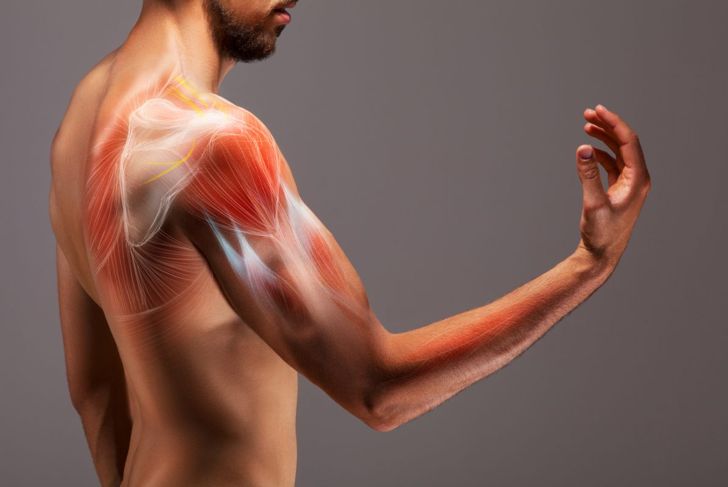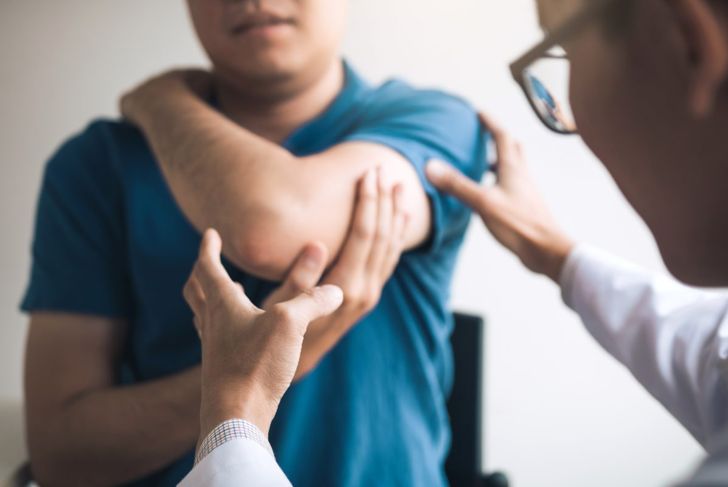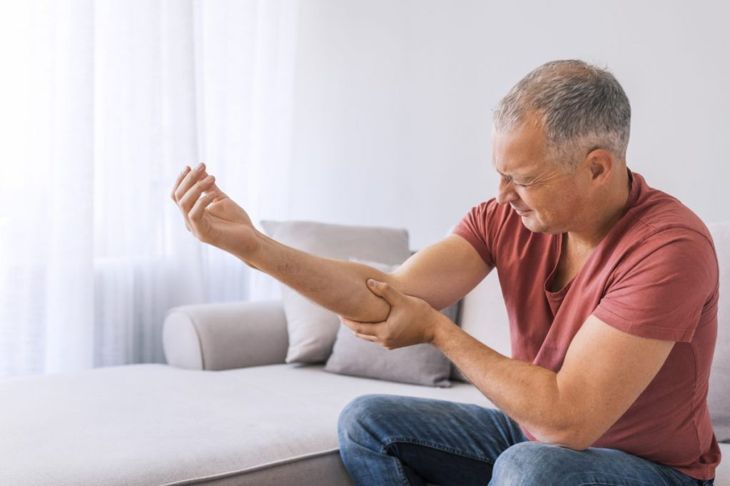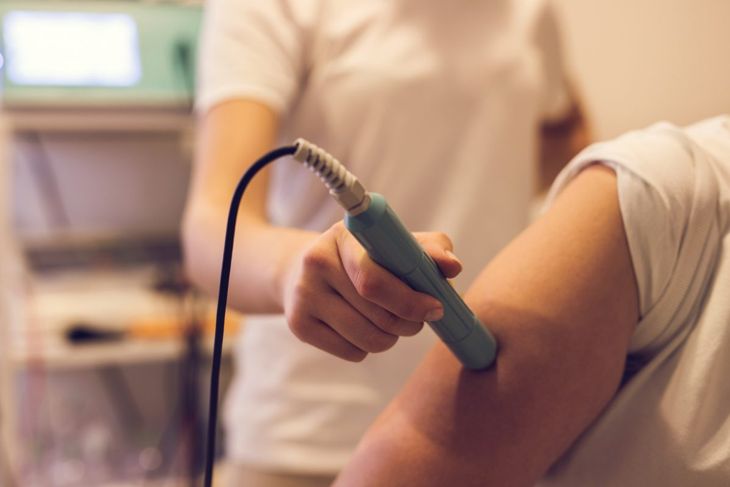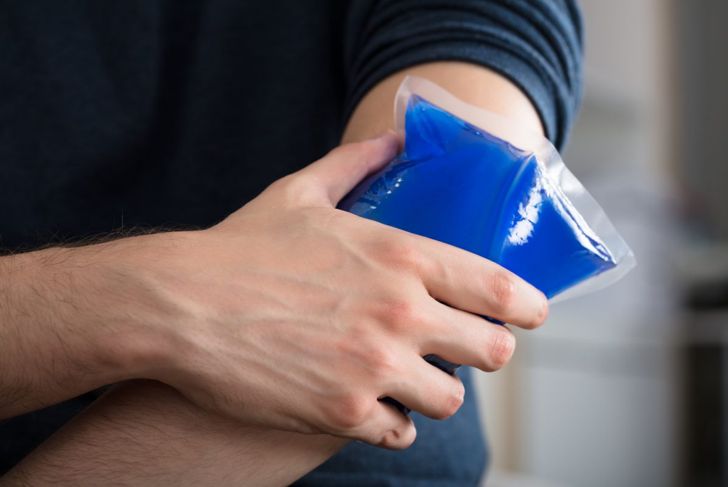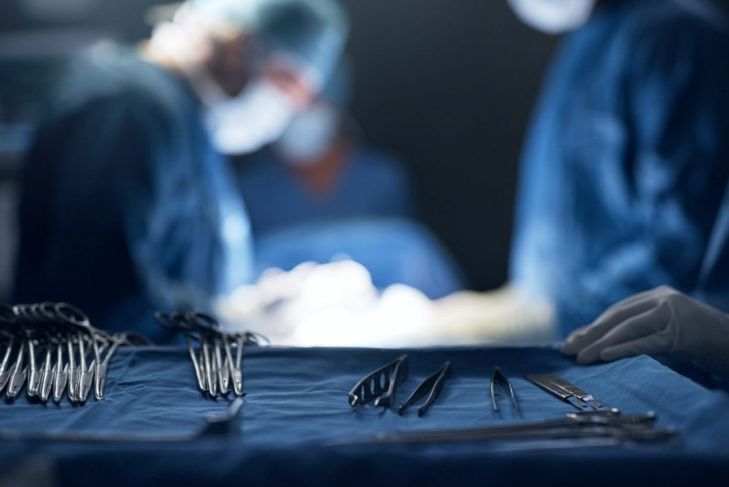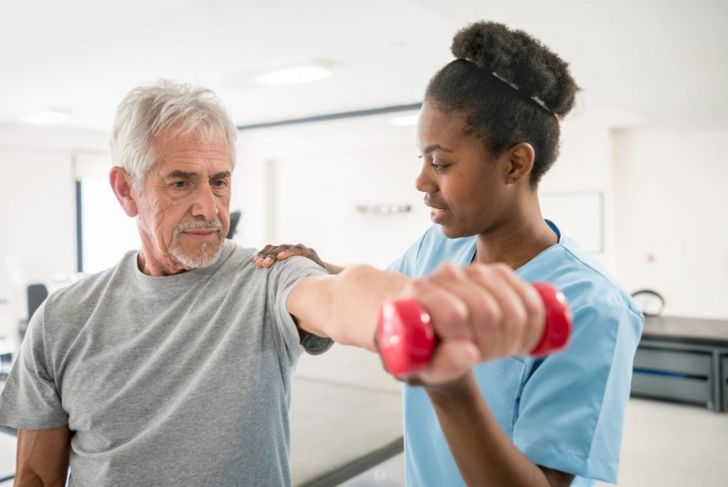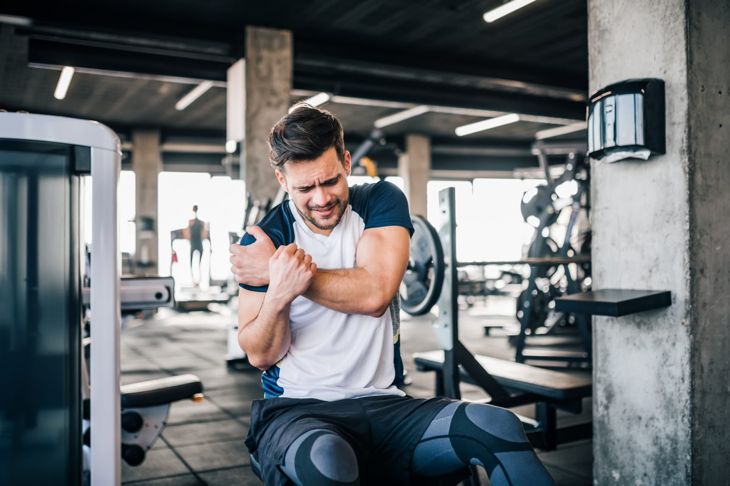Biceps tendonitis is inflammation or irritation of the tendons that connect the biceps muscle to other structures in the arm and shoulder. While athletes are the most prone to the issue, anyone can develop it. Most cases of biceps tendonitis resolve fully with proper care, though some require surgery for complete recovery.
Anatomy
The biceps is a large muscle on the front of the upper arm. A tendon connects the biceps to the scapula of the shoulder while another connects it to the radius bone of the elbow. Both of these tendons are susceptible to biceps tendonitis, though injuries of the upper tendon are more common.
Tendonitis
While tendons are strong, various activities can create tiny tears that lead to tendonitis. The tears cause inflammation that enlarges the tendon. As the tendon swells, it rubs against the borders of nearby bones, which irritates the tendon further. This often leads to a cycle of inflammation.
Symptoms
Biceps tendonitis usually causes pain or tenderness that worsens with activity. The symptoms originate from the elbow or shoulder, depending on the affected tendon. Rarely, a person can have biceps tendonitis in both tendons. The pain may radiate along the arm during certain movements. Stiffness, weakness, and general aches are also common.
Causes
For most people, biceps tendonitis is the result of accumulated damage from normal activities. Most people tend to favor their dominant hand’s side for most actions, leading to overuse of that shoulder and elbow. Biceps tendonitis can occur alongside other issues, such as osteoarthritis and rotator cuff tears. Direct trauma may also damage tendons and cause biceps tendonitis.
Risk Factors
Certain people are significantly more prone to biceps tendonitis. Athletes who use their arms frequently are among the most susceptible. Tendons also become stiffer as we age, making injuries more likely. Arthritis may cause bone spurs that contribute to biceps tendonitis. Smoking also has links to tendon injuries.
Diagnosis
After discussing the symptoms, a doctor will perform a physical examination of the affected arm. During this exam, they may check the range of motion and overall strength. If necessary, the doctor will use medical imaging to confirm their diagnosis. MRI and ultrasound imaging can show the tendons in greater detail. Some experts may use an x-ray to check for other issues.
Nonsurgical Treatment
Most cases of biceps tendonitis do not require surgical treatment. Resting the affected arm with ice to reduce swelling is extremely effective. Some people take nonsteroidal anti-inflammatory drugs to help combat inflammation and pain, or the doctor may prescribe steroid injections. Physical therapy can help recover strength and range of motion.
Surgical Treatment
If biceps tendonitis does not recover with nonsurgical treatment, the patient may need surgery. A surgeon chooses a procedure by observing the extent of the damage. Biceps tenodesis involves removing the damaged section and reattaching the remaining tendon. During a biceps tenotomy, the surgeon simply releases the tendon from its attachment. In rare cases, the surgeon is able to repair the tendon.
Prevention
A few practices can help prevent conditions like biceps tendonitis. Avoid lifting heavy objects and take breaks often when doing overhead work. Strengthening the shoulder muscles is also helpful. Athletes should stretch before and after all activities. Additionally, avoiding nicotine can prevent a wide range of health issues, including biceps tendonitis.
Other Bicep Injuries
Biceps tendonitis often occurs alongside other conditions. In most cases, a rotator cuff tendon is the adjacent injury. Other possible problems include:
- Chronic shoulder instability or dislocation
- Glenoid labrum tears
- Shoulder joint arthritis
- Elbow joint arthritis
- Shoulder impingement
- Diseases that cause joint inflammation
Some cases of biceps tendonitis can lead to full biceps tendon tears.

 Home
Home Health
Health Diet & Nutrition
Diet & Nutrition Living Well
Living Well More
More